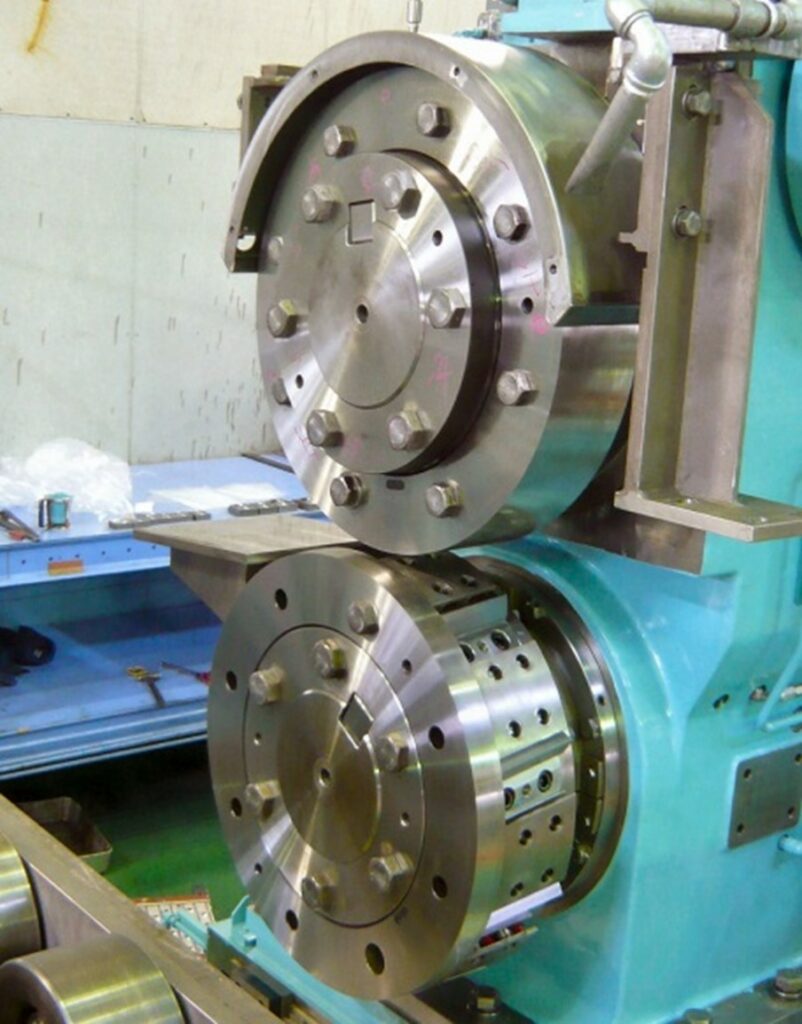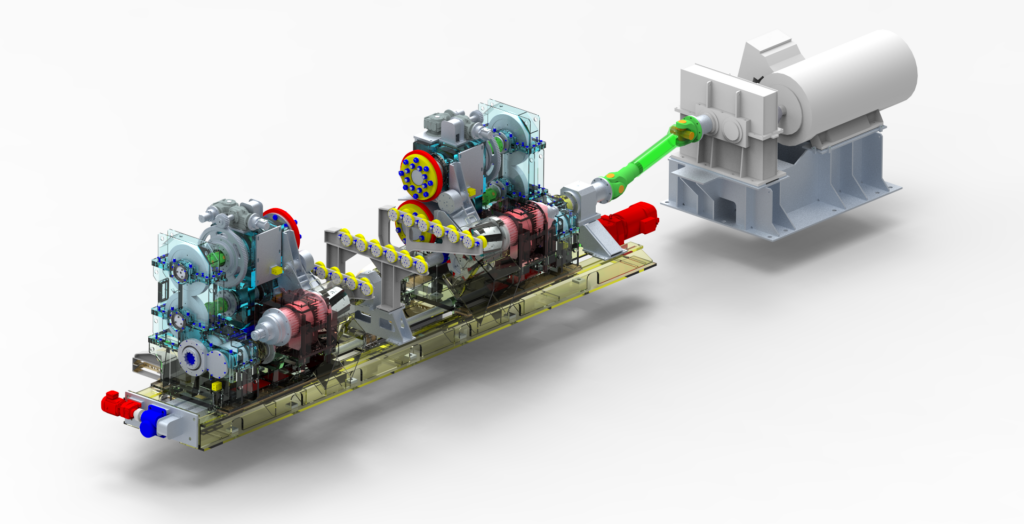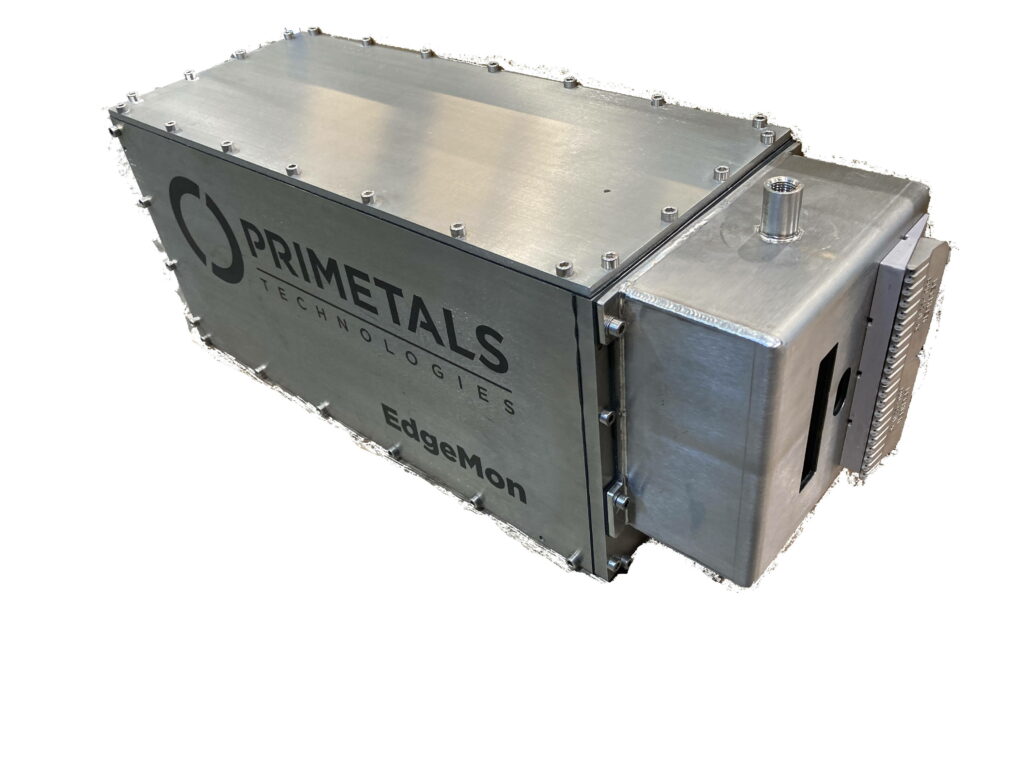Aluminum is the most common metal found on earth. As the most recyclable metal, the ability of aluminum to maintain its properties has made it one of the most prevalent materials in the modern world. With a focus on sustainable materials, quality aluminum production is essential to environmentally friendly end products.
Rolling hot aluminum down to industry standard strip gauges is essential in aluminum production. Aluminum producers apply edge trimming and monitoring to avoid cracks and breaks to maintain high-yield and high-quality end products.
Aluminum Hot Mill Edge Trimming
Aluminum is hot rolled at temperatures between 550 degrees Celsius and 250 degrees Celsius on a hot mill from a thick cast slab down to strip gauges of 12 millimeters to 1.8 millimetersfor coil products. During this process, edge cracking does occur on most of the harder alloys, and if the edge cracks are not removed before cold rolling, strip breaks are likely to occur further along in the process at the cold mill. Hence, all modern Aluminum hot mills have an edge trimmer located immediately after the final stand of the finishing mill to remove the edge cracking and produce a coil with a high-quality trimmed edge.
“Star Chopper” Edge Trimmers
Until recently, aluminum producers relied on the so-called “Star Chopper” edge trimmer. The “Star Chopper” design includes edge trimming blades and scrap chopper blades on the same arbors.

The design itself is less complex and more compact. However, it can slow production and reduce operational speed. As the scrap pieces are cut at the strip edge by the “Star Chopper,” they can end up in the coil wraps if the scrap chute design is ineffective. Additionally, the hot-trimmed coil edge can sometimes be nicked by the ends of the scrap chopper blades, causing strip breaks at thin gauges on the cold mill. Another limitation of the design is that independent adjustment of the vertical trimmer blade overlap, or gap, is impossible as the vertical position is fixed, so the scrap chopper blades can be effective.
New Edge Trimmer Design
The experts at Primetals Technologies have designed a new edge trimmer featuring separate trimming blades and scrap chopper drums, allowing horizontal and vertical trimmer blade gap adjustment for optimum performance. The blade gap adjustment mechanisms are fully automatic and driven by hydraulic motors controlled by proportional valves with encoder and linear transducer feedback.
The trimmer heads are adjusted for strip width and offset by a lead screw driven by electrical motors with encoder feedback. Once all adjustments are made, the mechanical clearances in the trimmer blade arbor and head adjustment mechanisms are removed and then clamped in position by hydraulically operated locks.

The separate scrap chopper features six blades per drum to reduce the chopped scrap length and ensure easier conveyor transport and higher packing density in the scrap bins.
The trimmer drive and base frame are designed to fit into the same space constraints as the existing edge trimmer and are located on the same foundation bolts. The trimmer drive can be combined with single-motor driving trimmer blades and scrap chopper drums or independent drives for the trimmer blades and scrap chopper drums.

Modernizing Mills
Recently, a new trimmer and chopper unit has been implemented for strategic customers based in India. The new edge trimmer integrates seamlessly into the existing finishing mill exit end arrangement. It has been designed to fit the current foundations and discharge scrap onto the current scrap conveyor, ensuring fast installation and reduced capital expenditure. The new edge trimmer design will prevent strip breaks at the cold mill due to edge quality, operate at the future maximum strip width and tandem mill speed, and reduce power consumption thanks to automatic vertical gap adjustment. Worldwide this type of edge trimmer with a separate scrap chopper have been implemented at ten different aluminum hot mills from five in Asia, two in Europe, one in Egypt, Venezuela, and India.
The EdgeMon from Primetals Technologies monitors the strip edge quality after trimming and combines it with the new Edge trimmer to ensure high-quality performance and reliable results. The EdgeMon consists of two sensors, one mounted onto each trimmer head—for installation flexibility; they may be mounted on separate traversing slides. The fine positioning of the sensor is done either in combination with the edge trimmer width adjustment or with the traversing slides.
EdgeMon monitors the trimmed edges and visualizes them. The cut-to-fracture ratio and the burr height are typical quality parameters for evaluated aluminum trimmed edges, which the EdgeMon helps verify. For other unusual, not automatically detected defects, the visualization is helpful for the operator to recognize them immediately and take corrective action.

MORE INFORMATION
Click here to read more about aluminum, the “metal of kings.”


